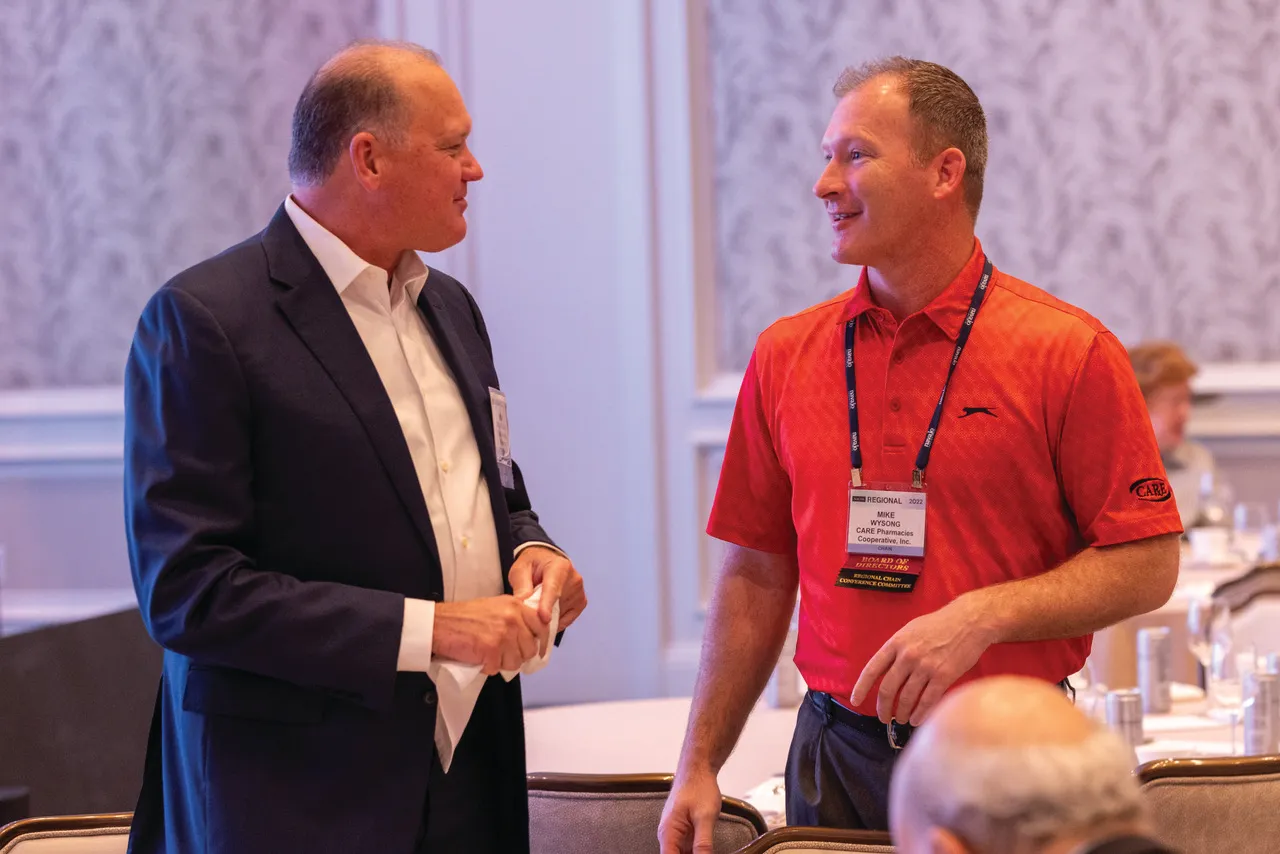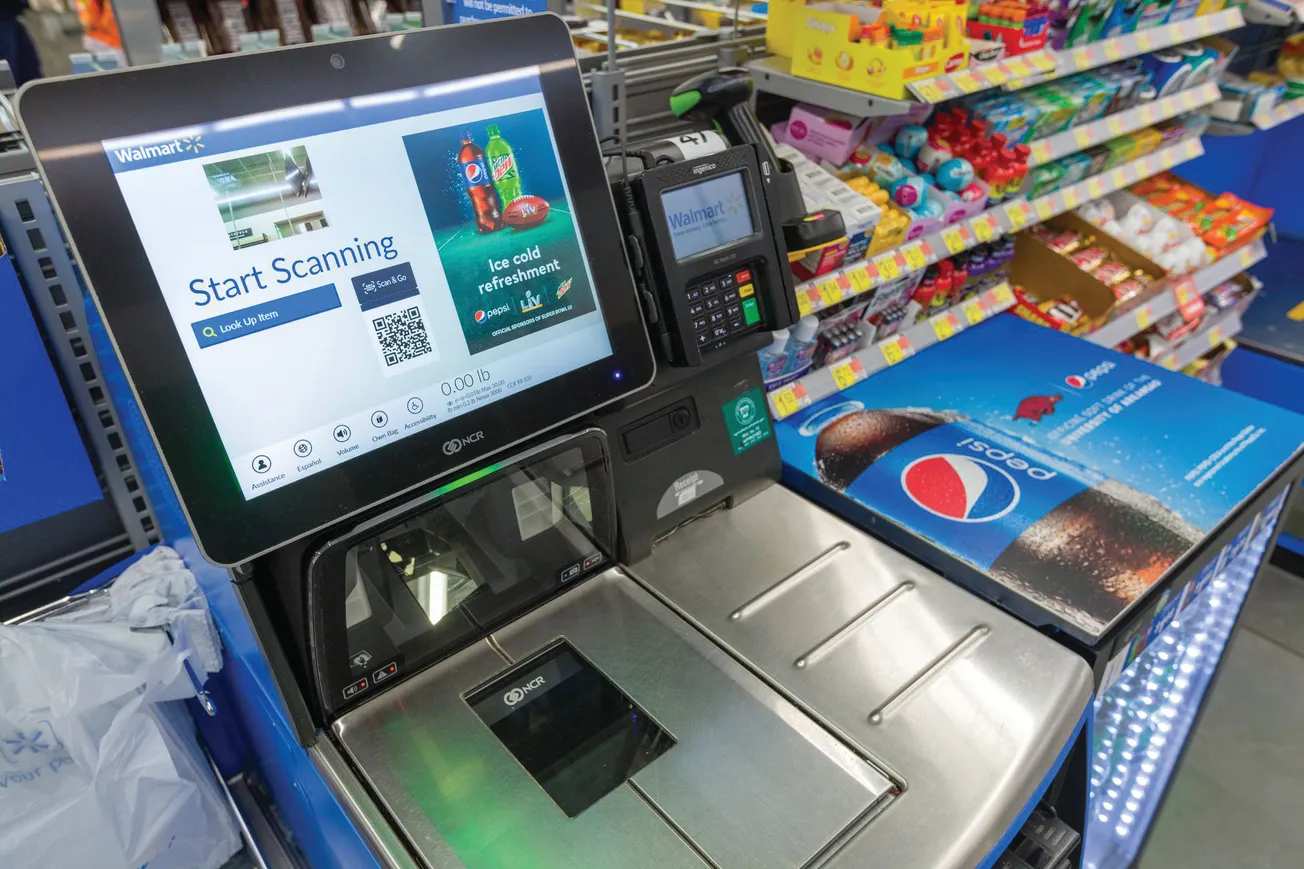Shopper behavior is changing, rapidly.
While only roughly 10% to 15% of transactions occur online, a whopping 60% of purchases are now influenced by digital channels, according to recent research by Forrester. “Digital influence” includes the influence of social media; retail e-commerce players such as Amazon, Walmart.com, Walgreens.com, and others; and the influence of digital and programmatic advertising across the Web, connected TV (CTV), and more.

Andrea Leigh
Shoppers are increasingly using the internet as a source of inspiration. GWI reports that going online to “find new ideas and inspiration” moved up three places in ranking of reasons shoppers go online. Influencers matter more than family in terms of being a source for product information and recommendations. What’s more, shoppers are no longer loyal to specific retailers, with 70% visiting two to four websites before making a purchase.
Shoppers are showing preference for marketplaces that feature many sellers. Shoppers report they carry more assortment and have more competitive pricing, according to Mirakl’s 2023 State of Online Marketplaces report.
Are company investments following these trends?
Yes, they are. According to a 2022 survey by Boston Consulting Group, 60% of global executives stated they plan to spend more on digital initiatives versus the previous two years. For advertising-specific investments, the year-on-year changes are even more pronounced: In 2022, Kantar reported that 45% of advertisers plan to cut budget for magazine and newspaper spend, while over 50% say they’re increasing spend on e-commerce advertising, online video and influencer content.
However, moving advertising investment to digital channels isn’t enough to capture the changing shopper. Measuring efforts is also key. The term “digital engagement” — referring to the process of engaging with existing and future shoppers through digital channels to build relationships — is a key new focus area for retailers, and it was discussed on recent earnings calls for Walmart, Target, Kroger, Rite Aid and others.
Organizationally oriented investments are critical as well. Our clients and share group participants tell us that recruiting and/or placing key senior leaders with digital experience/background to help advocate for digital investments is key. When reviewing new product innovation, sales plans, marketing and loyalty programs, for example, having someone who can view them through a digital and e-commerce lens is imperative.
Embracing a culture of continuous learning — where experimentation and failure are encouraged — is also necessary. While long ago it may have been possible to be gainfully employed for one’s entire career with a single area of expertise, reskilling has become a necessity in today’s digitally driven commerce landscape. Clients have shared that retraining existing, successful team members on the digital landscape is often a faster path to success relative to hiring outside, experienced talent, as external talent can take a while to learn the organization, key players and the ways of working.
Lastly, organizations are becoming increasingly focused on providing practical digital experience to employees, through rotations in and out of digital and non-digital roles. One client also recently took note of an accounting analyst who has taken most of our online courses about digital commerce, demonstrating how education can be used as a jumping off point for career change — and help employees get noticed.
So, you’ve identified that digital is critical for your organization — now what?
The shopper will continue to change and evolve how they discover and purchase goods — and retailers and brands must meet the shopper where they are. E-commerce and digital are dynamic, iterative and always-on business experiences: more like a chaotic conversation than a published book.
To meet the shopper where they are, what got us here won’t get us there. Organizations need to build new muscles to be prepared for the future — and be prepared to adapt quickly.
In a recent share group of manufacturers, agility continued to surface as a top priority and pain point coming out of the pandemic, and the members discussed different “hacks” they used to create agility, such as negotiating budgeting line items to be flexible across staff, contractors and agencies.
Just like we wouldn’t expect to be able to run a marathon or climb a mountain without training and building the right muscles first, we cannot expect our organizations to behave differently without helping them build the right muscles around agility. Here’s how:
How to build an organization that’s prepared for anything — the Future Success Cycle
The term “future proofing” inherently makes an incorrect assumption: It assumes that the future is knowable and fixed. What’s more, once we’ve prepared for it, we’re ready.
The future of digital and commerce is not knowable. It’s dynamic and ever-changing, as it’s dependent on the ever-changing shopper. And once we’re there, it will change again.
However, just because we don’t know the future does not mean we cannot prepare. We can absolutely prepare. We can follow a cycle to learn, adapt and even create the future if we desire. Just like the future, the cycle isn’t a set-it-and-forget-it. It’s a cycle to be repeated iteratively to gain clear market advantages.
The Future Success Cycle includes four steps: Be Curious, Make Educated Guesses, Get Focused and Execute With Agility. Then do it again. Here’s how you do it:
• Be Curious — Being curious is about training ourselves to read the signs of change. Foresight isn’t magic, it’s trained curiosity. We read, we study, we leverage subject matter expertise. We take a global view and examine market trends. What digital trends are before us? How can we learn about them?
Next, we use our imaginations and our critical thinking capabilities. For example, let’s look at ChatGPT and the future conversational AI. How might this trend play out? What other ways may it be used? What industries will it impact, and why? What are the experts saying? How are shoppers responding?
Surrounding ourselves with subject matter experts, joining share groups, having conversations, reading, attending conferences and webinars are all great examples of ways we — and our clients — stay current on trends.
• Make Educated Guesses — In this second stage, we get more focused on the most relevant trends, their associated time lines and impact. Where do we want to place our bets, digitally?
For example, a client in a recent Allume Group workshop determined the growth of ChatGPT and conversational AI was a top educated guess prediction. They predicted that it would become the primary way shoppers conduct health care research, doing away with traditional search engine research and search indexing.
The group determined a trend time line for the trend playing out, and we discussed ways this might impact their retail pharmacy business and e-commerce, including its impact on product discoverability.
It’s tempting in this stage to wait for all of the necessary information. However, as Jeff Bezos said, “Most decisions should be made with around 70% of the information you wish you had. If you wait for 90%, in most cases, you’re being too slow.”
• Get Focused — Getting focused includes narrowing our response to the most impactful trends to three key investment areas.
Based on the educated guesses we’ve made, how could we respond? In what ways could this client embrace and incorporate conversational AI technology to give them a competitive advantage as a brand? How might they make sure their content was easy for chatbots to ingest?
Next, how could they diversify their investments? Perhaps they’re wrong about the future. However, if they invest in more than one area, they have a greater chance of hitting one that’s right and gaining an edge.
Lastly, they worked to align workstreams. Who needs to be involved, and why?
• Execute With Agility — The last part of the Future Success Cycle is about action. We make bite-size investments in our three focus areas. We measure results. We fail fast and reinvest.
As a retailer, perhaps we will decide to make conversational AI available to our store employees and online shoppers. We test it — maybe a few stores or a limited beta on our website. We measure it — utilization, accuracy of information delivered, customer feedback. Based on our learnings, we will invest further or invest differently.
We will most certainly be wrong about something. It’s likely we will fail in some way. This is part of muscle-building exercise of developing more agility as an organization. When we’re wrong, we fail fast, gather the learnings, and reinvest quickly, gathering our learnings from our failures to inform our reinvestments.
Takeaways: The shopper is dynamic, and our businesses need to be dynamic, too. We need to meet the shopper where they are.
Preparing for the future of digital isn’t something to be afraid of — it’s an opportunity to learn, build new capabilities and pivot our businesses to meet the need of the future consumer.
By repeated use of the Future Success Cycle — Be Curious, Make Educated Guesses, Get Focused and Execute With Agility — organizations can build internal muscles to embrace the future with agile responses.
Andrea Leigh is founder and chief executive officer of the Allume Group.









